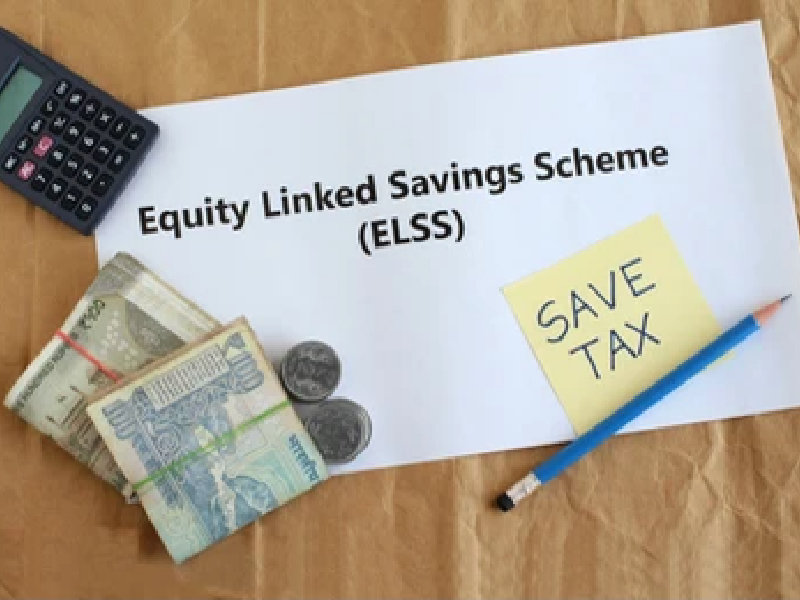
Currency ETFs are investment instruments that have the underlying asset as currency. These are traded just like equity Exchange Traded Funds through centralised exchanges. The idea behind currency ETFs is to provide common investors an option of low-cost, passive investment exposure to the currency markets, specifically with investment in overseas currencies. These are passively managed funds that generally track one currency (or a basket of currencies) and its holding in one country or a group of countries.
Before exploring more about currency ETFs, let us first get to know the basics of ETFs.
What are exchange-traded funds or ETFs?
ETFs are mutual funds that are listed and can be traded on stock exchanges, similar to shares. These funds collect money from investors and further invest in various diversified securities, such as equities, bonds, commodities, etc. These are passively managed funds that mainly track an underlying index.
Since an ETF tracks indexes like the Sensex or Nifty, it invests in securities in the same proportions as the selected index. ETFs are easily tradable on the market. To trade in these, an investor must have a demat account.
Currency ETFs are one among many ETF categories and it offers investors a strategic exposure in the currency market through a passively managed investment portfolio. Currency ETFs have recently seen a sharp rise in demand from various investor segments. These funds concentrate the investment in government securities and currencies as underlying assets.
Features of currency ETFs
Currency ETF pools money from investors and offers returns through an investment strategy that involves tracking a foreign exchange and its proportion of holdings across various markets. Investors who want to diversify their portfolio through exposure to the currency markets but want to avoid the highly speculative tendency of the markets can invest in currency ETFs. For retail investors, this medium acts as an ideal and economical mode of investing in the FOREX market.
Forex can be very volatile and easily influenced by changes in economic conditions, political scenarios and interest rate movements. Therefore, investors use currency ETFs for speculative gains, hedging, and risk containment. Currency ETF managers work towards meeting the fund objective by investing in different options, such as cash, short-term bonds with currencies, and overseas currency derivatives contracts as underlying assets.
Like mutual funds, currency ETFs invest in a pool of funds, offering investors a structured exposure in the foreign exchange market. Investors can trade currency ETF through a managed portfolio like a regular ETF for economic and seamless access to the global currency market. Some of these funds are guaranteed by foreign currency deposits, while others are not. So while investing in currency funds, investors need to make a careful selection based on their appetite and ability to mitigate risk.
It is important for investors to know that investing in currency ETFs comes with higher risk due to the volatile markets. Investors mostly trade foreign currencies through speculative trades on various spot exchange rates.
Important factors to consider while investing in Currency ETFs
Before investing in currency ETFs, investors must take a note of the below-mentioned factors:
- Currency funds allow investors to have a low-cost and easy access to foreign exchange market. While this can be an attractive investment option, investors who are unfamiliar with the currency markets may not be able to make the most of the investment.
- Moving away from the notion that only high-stakes investors can invest in currencies, Currency ETFs have allowed small investors to foray into the currency markets.
- Currency funds offer a higher degree of diversification, but these also carry higher risk considering the volatile nature of the underlying asset.
- Fund managers try to mitigate risks through various strategies, including different products that offer varying risks.
- Basket investment means investing in a combination of currencies. It can provide stability to the investment as compared to investing in single currency funds.
- Apart from constantly changing rates, currency prices may also be influenced by political and economic scenarios.
How to invest in Currency ETFs?
Currently, there are two currency ETFs available for investment in India. These are, Wisdom Tree Indian Rupee Strategy Fund and Market Vectors- Indian Rupee/USD ETN. To invest in ETFs, an investor must reach out to a registered agent through whom the investment can be made. Although these ETFs are traded on most major stock exchanges, in India, the investment process is to be done through a registered agent.
Conclusion
Currency ETFs are riskier investment products but at the same time, these offer exposure to the highly efficient Forex markets. ETFs can help in driving portfolio returns by using foreign currency exposure.
FAQs
ETFs can include stocks, bonds, foreign currency, money market instruments, commodities, or other forms of security. It can also contain an index such as the S & P 500, Nifty 50 or similar other benchmark index of any country. Some ETFs may contain derivative instruments.
Some of the common ETF categories are Index fund ETFs, gold ETFs, leveraged ETFs, bond ETFs, sector ETFs, and currency ETFs.
Most currency ETFs do not pay dividends.
Just like stocks, Exchange-traded funds involve risks. Although these are considered safer investment avenues, some funds may fetch better gains, while others may not. It depends on the sector/ index that the fund tracks and the underlying of the fund.
To incorporate diversification within an investment portfolio, it is advisable to invest a small percentage of the portfolio in ETFs. The percentage could differ across investors and depends on the risk/return balance that is acceptable to the investor.





















